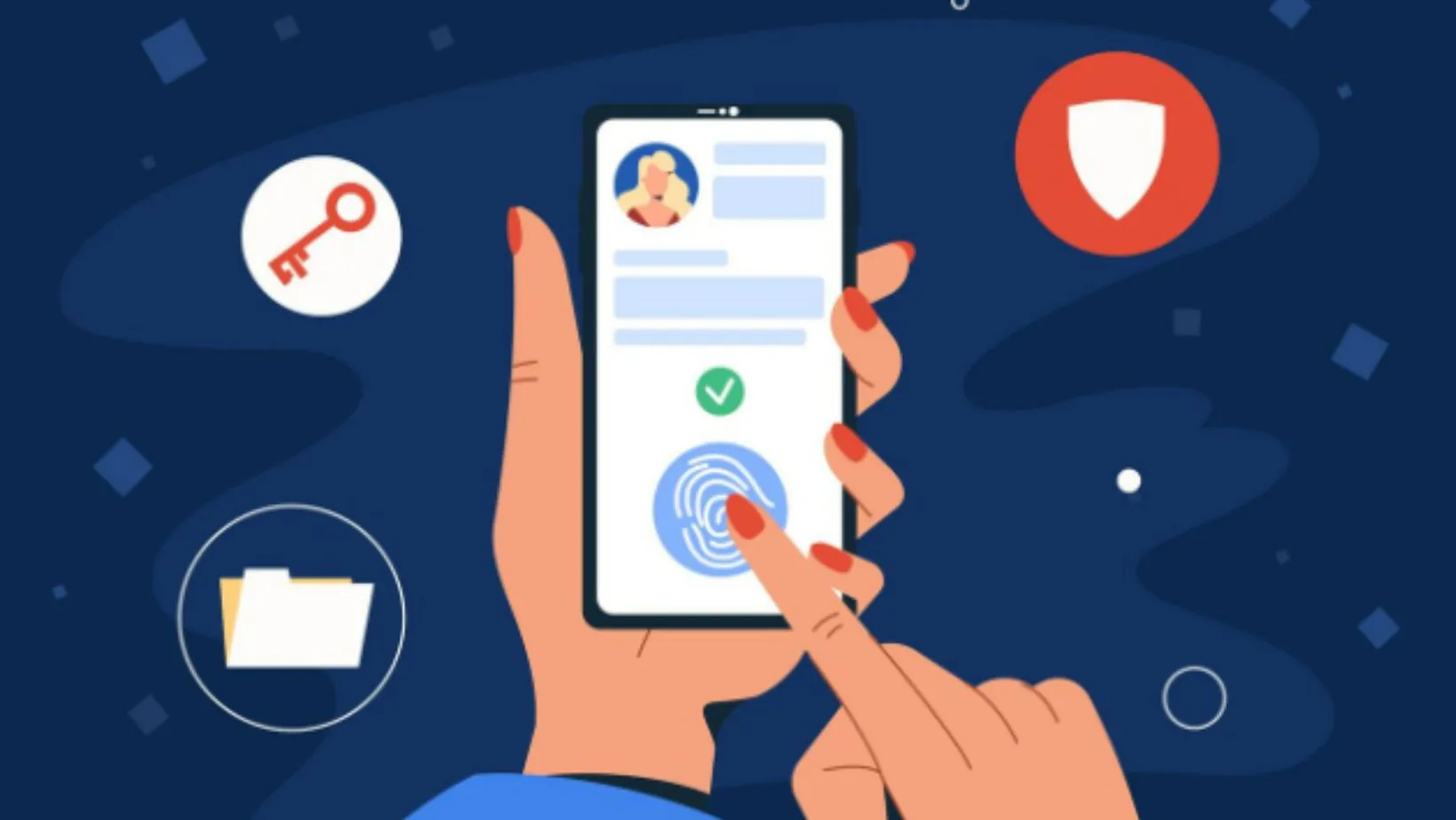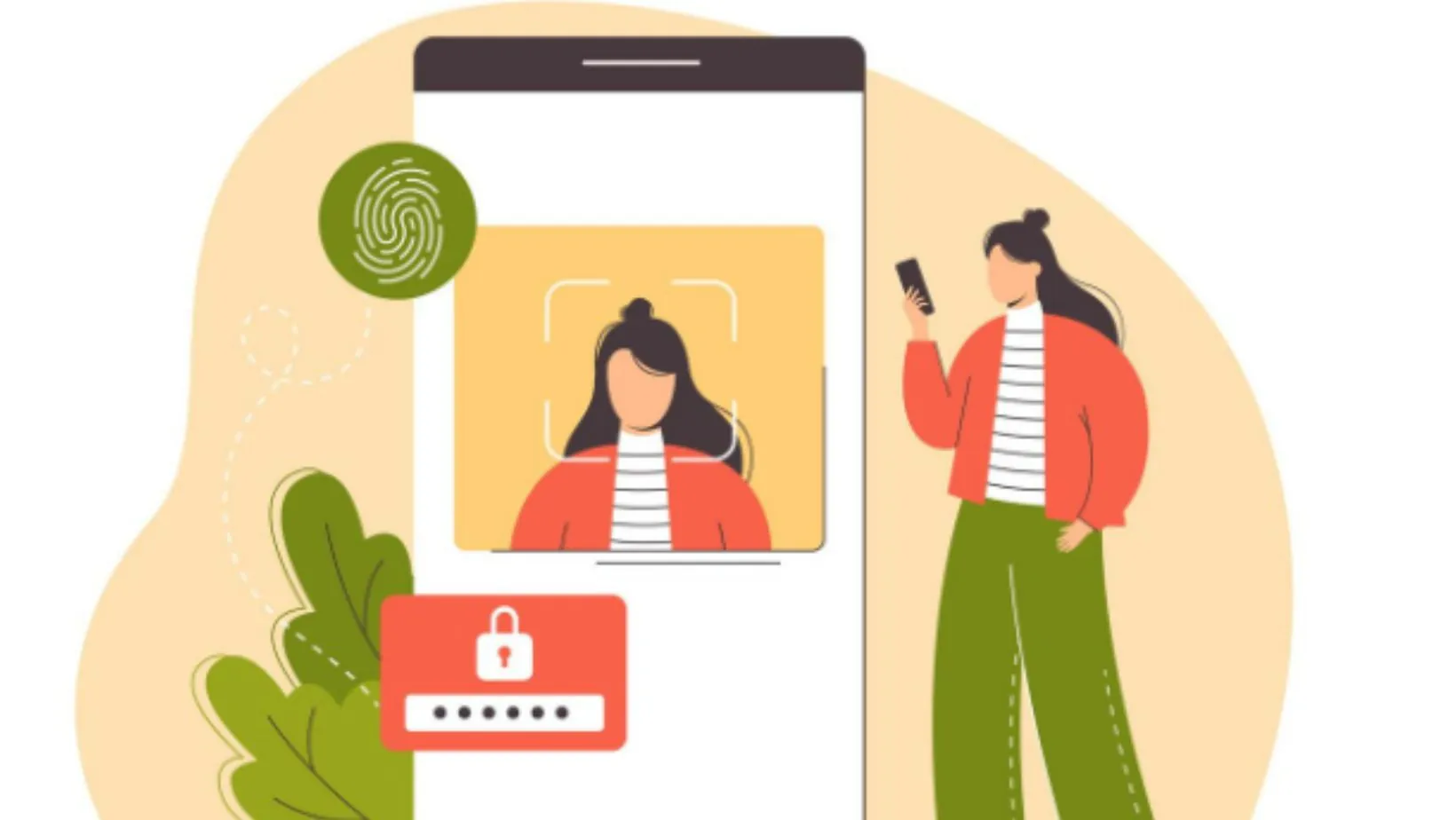When you download an app, it often asks for your age. Some people might wonder, what’s the big deal? But age checks are more than a pop-up box. They’re there to draw a line between what’s okay for young users and what’s not. This is especially important when it comes to things like an adult app or a porn app, where the content is not meant for kids or even most teens.
The internet doesn’t come with a built-in warning sign. Kids can click on almost anything. If age gates don’t work well or are easy to fake, it’s like leaving the door wide open. And once something’s seen, it can’t be unseen.
That’s where digital age verification steps in. It’s a way to make sure users are the right age for the kind of app they’re trying to open. This helps app makers protect young users, and it also keeps them out of trouble.
How Simple Age Questions Fail
Many apps still ask users to type in their birthday. But that’s not enough. Anyone can pretend to be older than they are. Kids know how to lie on forms. A 12-year-old can click “Yes, I’m 18” and go straight into an adult porn app, no problem.
Some apps use pop-ups that ask, “Are you over 18?” with “Yes” and “No” buttons. That’s even easier to trick. If the design is lazy, it’s like the app is pretending to care without actually checking.
This makes the app look careless. Parents worry, schools complain, and stores like Google Play or Apple might even take it down. On the flip side, using real digital age verification adds a layer of care. It might take a few seconds longer for the user, but it can save the app and the user from big problems.
What Makes Age Checks Work
Good age verification doesn’t have to feel like airport security. But it should ask for more than just a birthday. Some apps now use ID checks. Others ask for a selfie to compare it with an ID. A few use tools that check age without saving any personal info, which is smart and safer.
When it comes to an adult app, these checks really matter. People expect privacy and safety. They don’t want kids sneaking in or others misusing the space. A working digital age verification system protects both sides, users who belong there and those who don’t.
It’s not just about rules. It’s about trust. If your app takes age seriously, users will feel safer. That matters in places where people talk about private stuff or share personal photos.
The Danger of Getting It Wrong
There was a case where an adult porn app claimed to be just a “photo-sharing app.” It didn’t check age. Kids found it. Teachers and parents were shocked. News spread. The app was removed. The makers lost all their users and had to shut down.
One bad story can ruin everything. And it’s not rare. Apps with no clear gate often get misused. A porn app isn’t a problem on its own if it’s meant for adults and stays that way. But when it ends up on a child’s phone, it becomes a big mess. That’s why digital age verification should be part of the design plan from day one. Not something added later to fix a mistake.
Why It’s Not Just About Adult Content
People often think age gates are only for adult stuff. But that’s not true. Even apps about health, dating, or mental support sometimes need to limit who gets in. A young person using a chat meant for grown-ups could get advice that’s not right for their age.
The same goes for some games with gambling features or in-app spending. Kids shouldn’t be allowed to bet or use money without knowing what they’re doing. By using proper checks, apps send a clear message: “We care who’s here.” It’s not about blocking people. It’s about placing content in the right hands.
What the Future Might Look Like
Right now, more apps are starting to take this seriously. Countries are pushing for better rules. App stores ask more questions. And parents are louder than ever. Soon, digital age verification might become a must-have, not just a choice. Tech companies are working on better tools. They want to make it fast, safe, and simple. No long forms, no weird scans—just smart ways to figure out a user’s real age.
This shift could change how all apps work. From shopping platforms to online forums, age checks will become part of the routine. Especially for apps that carry risk, like an adult app or one with adult chats.
Why Digital Age Verification Must Be a Priority in App Design
Age checks are not a small thing. They help protect people. They help apps stay out of trouble. They build trust with users. Whether it’s an adult porn app, a chat room, or a simple quiz game—knowing who your users are makes all the difference.
That’s why learning to design with user needs and ethical safeguards in mind is so important. Taking a UI UX design course can help designers and product teams build smarter, safer, and more user-friendly digital experiences—especially when features like age verification are involved.
Digital age verification is not about walls. It’s about doors that open only when they should. If you’re building something meant for grown-ups, then design it that way. Make sure the front door is locked when it needs to be. And if you’re the one using apps, think twice before clicking “Yes, I’m old enough.”





